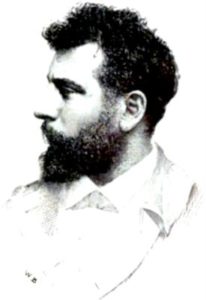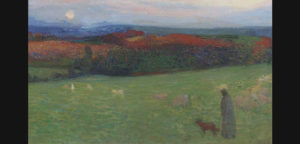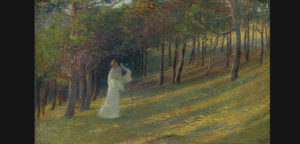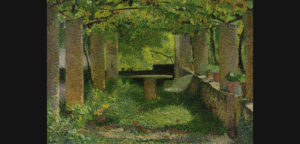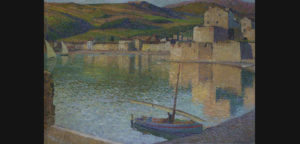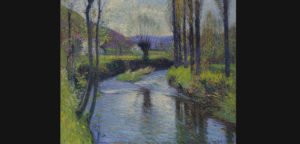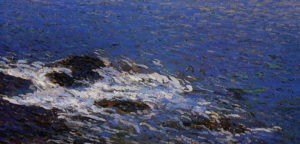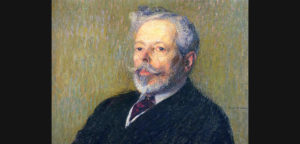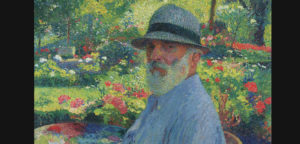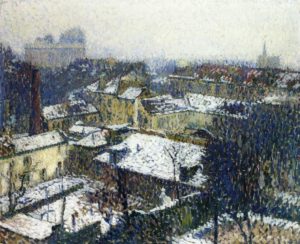He was born on August 28 into the family of a furniture carpenter in Toulouse. Her mother was of Italian descent.
1860 - 1943
Henri-Jean Guillaume Martin
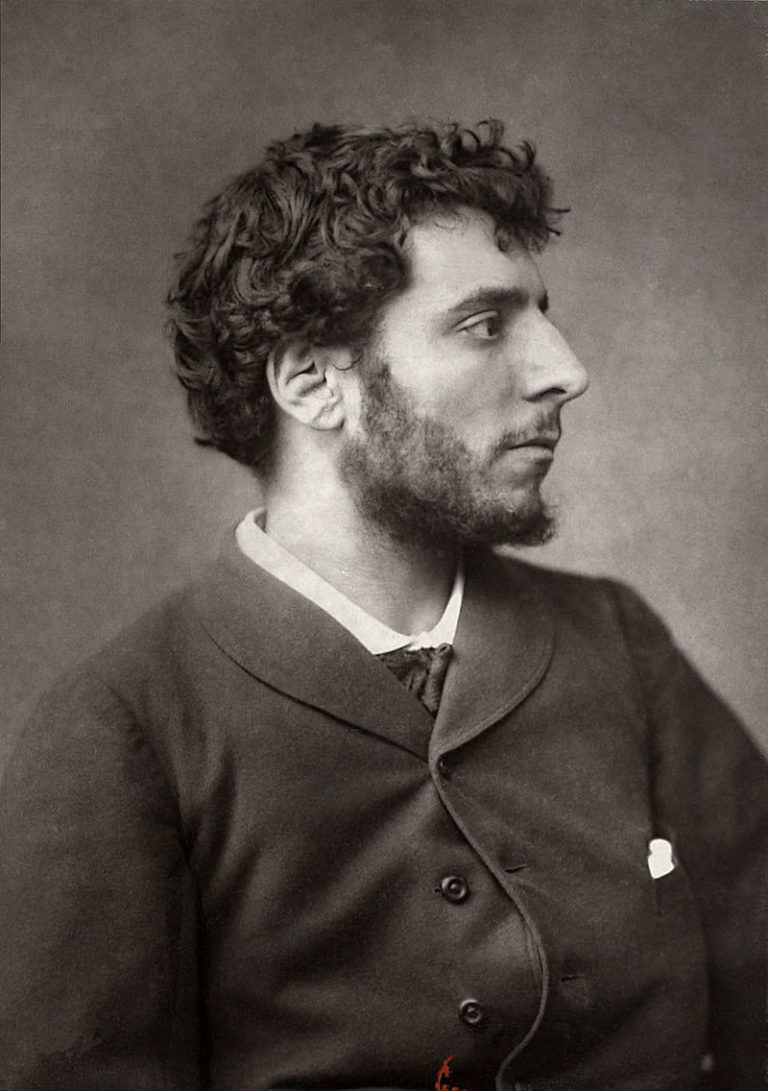
description
A Famous French Neo-Impressionist, Pointillist, Symbolist.
He worked in the genres of landscape, portrait and monumental painting. Although the works of Henri Martin as a Neo-impressionist are not considered to be fundamental ones, they were successful and deservedly entered the world classic painting. The master repeatedly won medals at the Paris and World exhibitions, was awarded the Grand Prix. In the town where the artist lived for several decades, there is the Henri Martin Museum; his paintings are presented at the exhibitions of art museums and galleries of not only many cities of France, but also in the USA (Chicago, New York), Japan, Germany, etc.
Key ideas:
– Leaving Academicism, from which he began his creative activity, H. Martin began to paint in the styles of Pointillism and Divisionism. However, his technique differed from fairly rigid canons set by the theory. It consisted in a more relaxed and easy manner, the brush strokes of his brush are short and wide; they are separated from each other and are mostly parallel. In almost perfect chromatism, the shapes of the details were created; the light and the falling shadows perfectly matched the intended composition.
– Carried away with the search for his own light solutions, the artist mostly chose very bright paints. For instance, bright purple shades are characteristic of his style; they make the paintings decorative. However, some canvases are painted in an almost monochrome gamma of pastel shades and are almost completely devoid of contrasts.
– Basing on the themes and plots characteristic of Symbolism and leaving them, Martin introduced the poetics of mystery into the atmosphere of plot paintings and organized the space in his own way. At the same time, the painter used the spiritualization of forms in both traditional and allegorical forms. The artist chose the latter quite often; those are ancient heroes (for example, “Orpheus in the grove” and “Harmony”), and paintings on biblical stories.
– The most full and complete series of paintings by Henri Martin are those inspired by the landscapes of the Lot region in southern France. The artist’s favorite motive is bridges over water.
1860
1877
1879
1883
1884
1886
1887 - 1889
1895 - 1899
1900
1903 - 1906
1943
The birth of the artist
Began studying at the Toulouse School of Fine Arts
Began studying at the Toulouse School of Fine Arts.
Moved to Paris
Moved to Paris, where he continued his studies at the workshop of J.-P. Laurence.
He received the first in his career medal
He received the first in his career medal at the Paris Salon.
He was awarded a scholarship to visit Italy
He was awarded a scholarship to visit Italy, where he studied the works of the old monumental masters Giotto, Masaccio and others.
The first exhibition of the artist
The first exhibition of the artist.
He became interested in Neo-impressionism
He became interested in Neo-impressionism and presented his paintings in the technique of divisionism (separate brushstrokes) at the Paris Salon, received the Gold Medal from the jury; became a member of the Legion of Honor.
Received an order and painted several significant murals in the Paris City Hall
Created a few incredibly large for Neo-Impressionism paintings. He gained great recognition presenting them at his personal exhibition at the Mancini Art Gallery. Received an order and painted several significant murals in the Paris City Hall.
Grand Prix
Was awarded Grand Prix at the World Fair; met and became friends with O. Roden.
Made paintings in the buildings of Capitol in the city of Toulouse.
Made paintings in the buildings of the grand and just-built Capitol in the city of Toulouse.
The death
The artist died on November 12 in Labastide-du-Vert (Occitanie, Province of Lot), where he lived for about four decades and where the museum named after him was opened.

